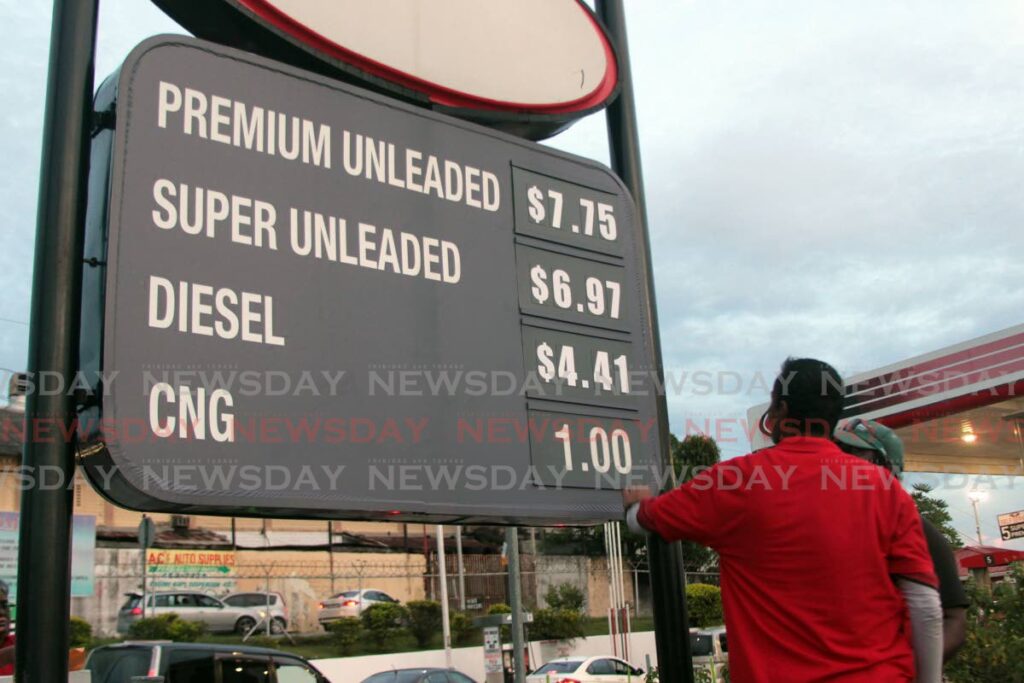Business editorial: Unrealistic expectations over fuel pricing

The Government's flat-footed response to the predictable outcry over the shrinking of the fuel subsidy suggests it does not fully appreciate both the implications of and the optics surrounding how it is shaping fiscal policy.
Ministers have committed a series of gaffes – featuring the appearance of coal pots, breadfruit and even macaroni pie – and left the impression that they feel the population does not have the will to sacrifice.
The Government has also taken the Opposition to task for opposing the fuel subsidy cut, saying UNC MPs have advanced no alternative plans and are needlessly riling people up.
Previous governments have also acknowledged the need to cut the subsidy, they have observed.
Amid all the noise, meanwhile, the Central Bank quietly issued its latest monetary report last Friday, which said “the first round effect” of an increase in fuel prices will be felt as soon as this quarter. This comes after food inflation soared to 10.3 per cent in July, driving headline inflation to 5.9 per cent, up on a year-on-year basis.
The Prime Minister has said it may be possible for people to pay less at gas stations should fuel prices decrease on the global market. At the same time, he has stuck to the $1 billion cap on the fuel subsidy, saying it would cost the country even more in the long-term to go higher.
Of course, even if the situation relating to Russia’s assault on Ukraine were to abate (and there is enough to suggest the situation could actually escalate), extensive sanctions remain in force, meaning forecasting how things will pan out is not straightforward at this stage.
If the oil price falls, the pinch could be felt elsewhere given the budget’s US$92.50 oil price assumption. Consumers might save at the pumps, but the Government might be forced to borrow more to fund a larger deficit. Alternatively, it might have to enact a series of drastic cuts to expenditure. It is likely the $1 billion cap would itself come under pressure in such an exercise.
All the various possibilities do not look promising.
Already, taxi associations have begun considering the possibility of raising fares.
Meanwhile, Finance Minister Colm Imbert has all but suggested last year’s much-trumpeted plans to liberalise the fuel market are on hold since this might allow far too much fluctuation in pricing.
Yet the Government’s suggestion that shifting prices will be reflected at the pumps raises questions about the exact mechanisms that will be deployed to allow this. The Ministry of Finance, we have been told, will post the local price of fuel on a monthly basis.
If the Government believes the public’s expectations are unrealistic, it is equally the case that the Government’s own projections may have to be revised.
All of this ultimately suggests subsidising fuels is likely to be unsustainable in the long-run. A clear plan is needed to let market forces apply while improving public transport facilities to ease the burden on the treasury.


Comments
"Business editorial: Unrealistic expectations over fuel pricing"